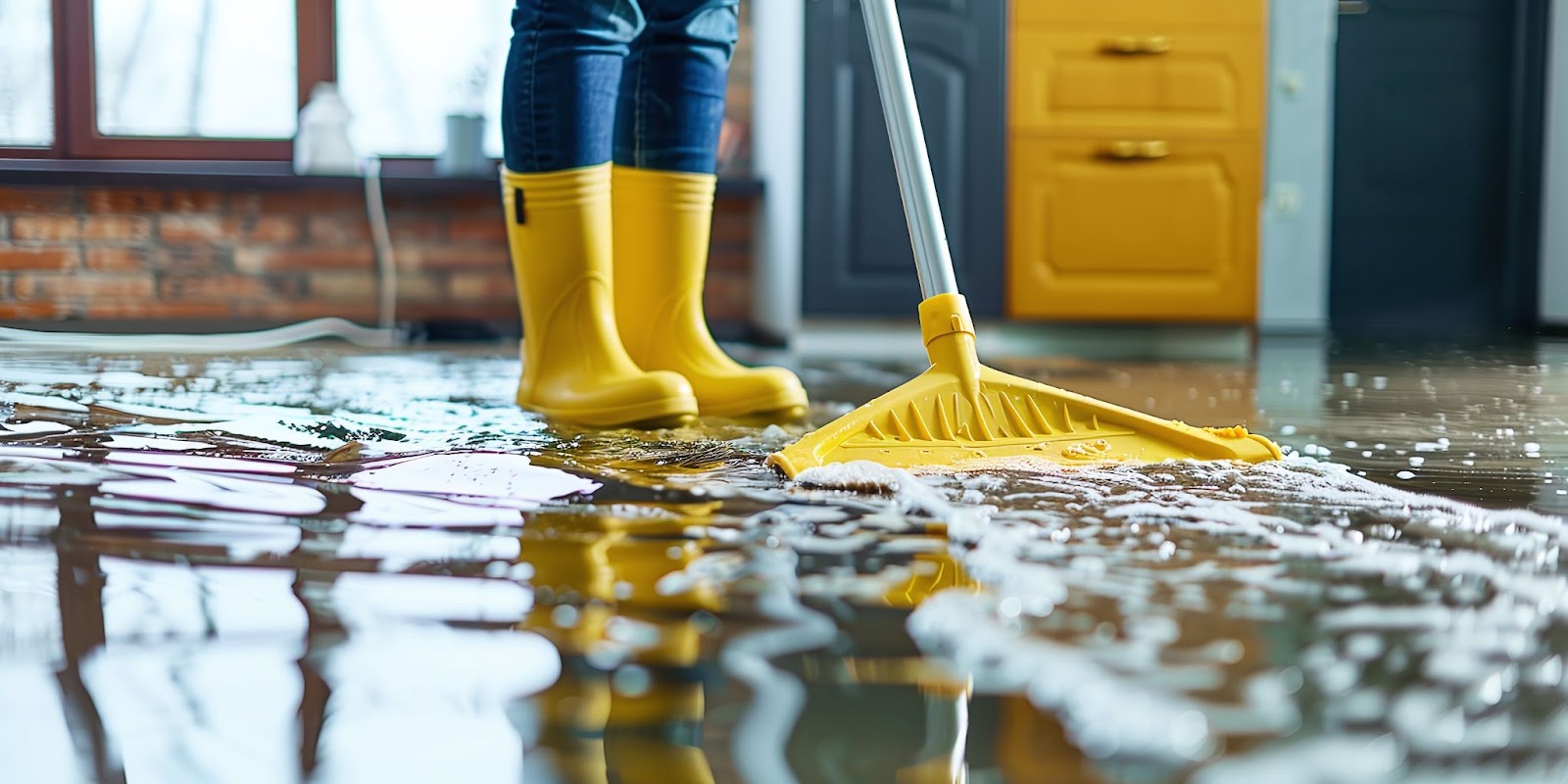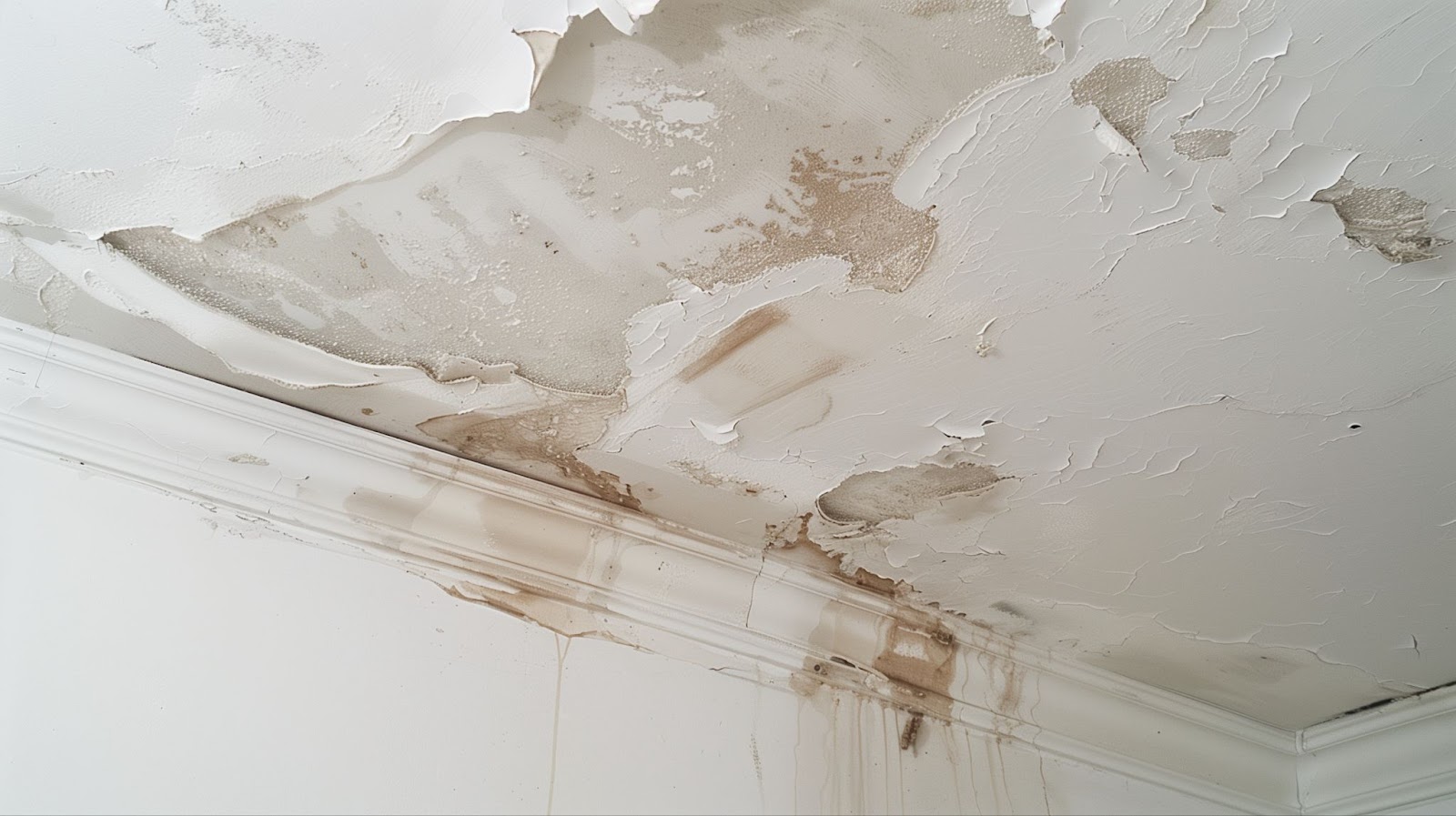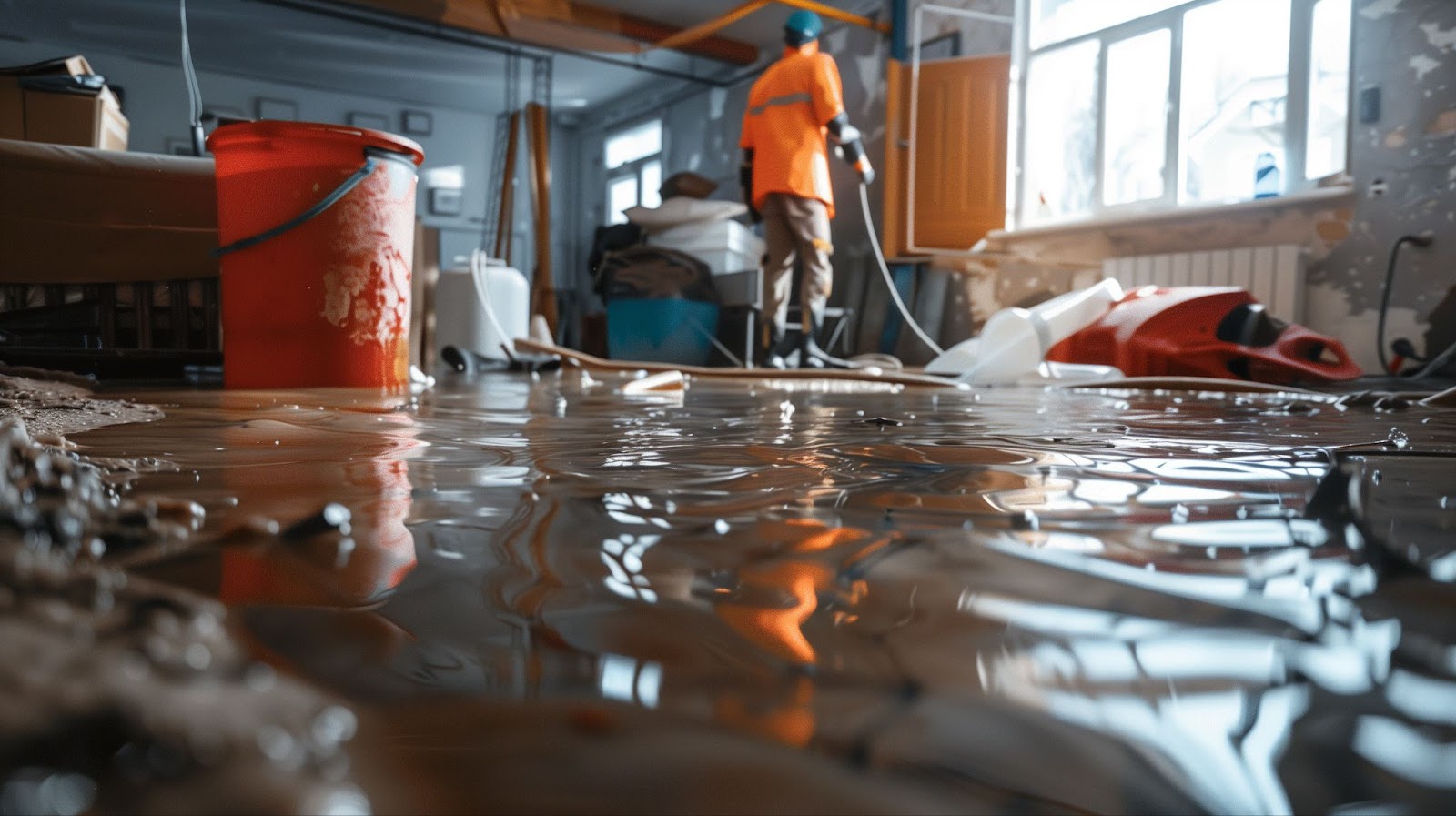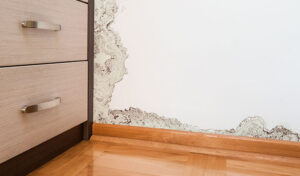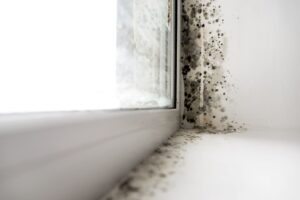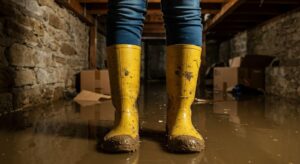Water can devastate your home, affecting its structural integrity, safety, and overall value, so water damage restoration is essential. Whether from a burst pipe, severe weather, or an appliance malfunction, the aftermath demands immediate and effective action.
Proper water damage restoration isn’t about drying things out; it’s about preventing long-term issues like mold growth, structural decay, and health risks.
This blog focuses on highlighting common mistakes to avoid during water damage restoration. Understanding these pitfalls ensures a thorough, efficient, and effective recovery process, safeguarding your home and health. Whether dealing with minor water damage or a major flood, knowing what to avoid is crucial for a successful restoration.
Delaying the response
Delaying your response to water damage leads to a cascade of problems. Water seeps deeper into walls, floors, and furniture, causing severe structural damage. Mold and mildew start growing within 24-48 hours, posing serious health risks. Wooden structures weaken, drywall crumbles and electrical systems become hazardous.
The longer you wait, the more extensive and costly the repairs will be.
An immediate response is crucial to contain the damage and prevent long-term issues. Swift action stops water spread, reduces drying time, and curbs mold and mildew growth. Quick intervention preserves your home’s structural integrity and ensures a safer environment for your family. Acting fast makes the restoration process more manageable and less expensive.
Tips for quick initial steps
- Shut off the water source: Locate and turn off the main water valve to stop the flow.
- Ensure safety: Turn off electricity in affected areas to prevent electrical hazards.
- Remove excess water: Use buckets, mops, or a wet/dry vacuum to remove standing water.
- Dry out the area: Set up fans and dehumidifiers to begin the drying process immediately.
- Protect your belongings: Move furniture, rugs, and other items to a dry area to prevent further damage.
- Document the damage: Take photos and videos of the affected areas for insurance purposes.
Ignoring hidden moisture
Moisture lurks in unsuspected places, often going unnoticed until significant damage occurs. Common areas include behind walls, under flooring, inside insulation, and within HVAC systems.
Basements, crawl spaces, and attics are particularly prone to hidden moisture due to poor ventilation and frequent exposure to damp conditions. Even small leaks create pockets of moisture behind cabinets and around windows.
Undetected moisture invites mold growth, posing serious health risks like respiratory issues, allergies, and infections.
Structural damage becomes a concern as prolonged dampness weakens wood, corrodes metal, and degrades insulation.
Electrical hazards increase with water exposure, risking fires and electrocution.
Ignoring hidden moisture leads to persistent musty odors and a decline in indoor air quality, making your home uncomfortable and unsafe.
Techniques for detecting hidden moisture
Detecting hidden moisture requires specialized tools and techniques. Moisture meters measure moisture levels in walls, floors, and ceilings, providing accurate readings of damp areas. Infrared cameras identify temperature differences, highlighting wet spots not visible to the naked eye.
Hygrometers gauge humidity levels, pinpointing areas with excessive moisture. Professional inspectors use these tools alongside thorough visual inspections to uncover hidden moisture, ensuring comprehensive remediation.
Using inadequate equipment
Professional-grade equipment is essential for effective water damage restoration. These tools provide the power and precision needed to remove water and moisture quickly and thoroughly.
- Industrial-strength fans and air movers: Circulate air rapidly to dry out wet areas much faster than household fans. They target specific areas to prevent mold growth and reduce drying time.
- Commercial dehumidifiers: Extract moisture from the air and surrounding materials, ensuring thorough drying. Place them in the most affected areas for optimal results.
- HEPA vacuums: Remove water, debris, and contaminants from carpets, upholstery, and hard surfaces, ensuring a cleaner and safer environment.
- Moisture meters: Measure moisture content in walls, floors, and ceilings, helping to identify hidden damp spots that require attention.
- Infrared cameras: Detect temperature variations indicating moisture presence, ensuring no hidden damp areas are overlooked.
- Air scrubbers: Filter and clean the air, removing particles, mold spores, and other contaminants, improving indoor air quality during and after the drying process.
Failing to remove all damaged materials
Certain materials must be removed after water damage to prevent long-term issues.
Drywall absorbs water quickly and fosters mold growth. Wet insulation loses its effectiveness and becomes a breeding ground for mold. Carpets and padding soak up water and are difficult to dry thoroughly. Wooden flooring and furniture can warp and swell, compromising their integrity. Upholstered furniture, if not dried properly, retains moisture and develops mold.
Leaving damaged materials in place poses significant risks. Mold and mildew thrive in damp environments, spreading quickly and impacting indoor air quality. These fungi release spores that cause respiratory problems, allergies, and other health issues.
Over time, damp materials weaken, leading to structural instability and potential collapse. Lingering moisture also attracts pests like termites and rodents, causing further damage and health hazards.
Proper disposal methods
Proper disposal of damaged materials is crucial for thorough restoration. Remove and bag moldy drywall and insulation, sealing them to prevent spore release. Cut out and discard soaked carpeting and padding to ensure all contaminated materials are removed. Pry up and dispose of damaged wooden flooring, being cautious of nails and sharp edges.
Evaluate upholstered furniture and mattresses; if drying and cleaning aren’t feasible, discard them responsibly. Follow local regulations for disposing of water-damaged materials to protect the environment and comply with laws.
Neglecting mold prevention
Even a small amount of lingering moisture creates the perfect environment for mold to thrive, posing serious health risks and compromising your home’s structural integrity. Without proactive measures, mold spreads rapidly, leading to extensive damage and costly repairs.
Implementing effective mold prevention strategies ensures a thorough restoration process. Start by ensuring complete drying of all affected areas. Use industrial-grade dehumidifiers and fans to eliminate moisture. Apply antimicrobial treatments to surfaces to inhibit mold growth.
Regularly inspect and clean HVAC systems to prevent mold spores from circulating. Proper ventilation is key; ensure that air can flow freely through damp areas to expedite drying and reduce humidity levels.
Signs of mold growth to watch for
Musty odors often indicate mold presence before it becomes visible. Look for discoloration or dark spots on walls, ceilings, and floors. Pay attention to peeling paint, warped wood, or bulging drywall, which are telltale signs of hidden moisture and mold.
Mold also causes health symptoms like persistent coughing, sneezing, or skin irritation. If you notice any of these signs, take immediate action to address the issue.
Neglecting mold prevention during water damage restoration leads to severe consequences. Prioritize thorough drying, use antimicrobial treatments, maintain proper ventilation, and stay alert to signs of mold growth to protect your home and health. Proactive measures today prevent extensive damage and ensure a safer, healthier living environment.
Overlooking structural issues
Water damage goes beyond just wet floors and walls; it seeps into the very bones of your home, causing serious structural issues. Water weakens wooden beams, corrodes metal components, and deteriorates concrete foundations. Left unaddressed, these problems lead to significant safety hazards and costly repairs.
Signs of structural damage to inspect
Look for sagging ceilings, which indicate water accumulation and weakened support. Check for cracks in walls, especially around windows and doors, as they suggest foundation problems. Warped or buckling floors point to underlying moisture issues affecting the subfloor.
Pay attention to doors and windows that no longer close properly, as this might indicate shifting foundations. Water stains on ceilings and walls are also red flags that warrant further investigation.
Importance of professional structural assessment
Professional structural assessments are essential for accurately identifying and addressing damage. Experts use specialized tools to measure moisture levels and detect hidden damage. They evaluate the integrity of beams, columns, and foundations, providing a comprehensive report on your home’s condition.
This thorough assessment helps prioritize repairs and ensures that all structural issues are addressed, preventing future problems.
Not following safety protocols
Essential safety precautions ensure a secure environment for both workers and occupants. First, always turn off electricity in affected areas to prevent electrocution. Ensure good ventilation to avoid inhaling harmful fumes from cleaning agents. Use barriers to restrict access to hazardous zones, keeping children and pets safe.
Proper use of personal protective equipment (PPE)
Gloves protect your hands from contaminants and harsh chemicals. Wear waterproof boots to prevent exposure to contaminated water and sharp debris. Safety goggles shield your eyes from splashes and airborne particles. Respirators or masks prevent inhalation of mold spores, dust, and toxic substances. Full-body coveralls provide additional protection against direct contact with harmful materials.
Safe handling of contaminated materials
Handling contaminated materials requires care and precision. Remove and dispose of water-damaged items like drywall, insulation, and carpets in sealed, heavy-duty bags to prevent the spread of mold spores and bacteria. Clean and disinfect tools and equipment after use to avoid cross-contamination.
Follow local guidelines for disposing of hazardous waste to protect the environment and comply with regulations. Never mix cleaning chemicals, as this may create toxic fumes.
Failing to document the damage
Thorough documentation is essential for successful insurance claims. Without detailed records, you risk having your claim denied or receiving inadequate compensation. Proper documentation provides clear evidence of the extent of the damage, ensuring you get the financial support needed for repairs and restoration. It also helps streamline the claims process, making it smoother and faster.
Take comprehensive photos and videos of all affected areas, including close-ups of specific damage and wide shots of entire rooms. Record the date and time for each image.
Written records are crucial, too. Note the extent of the damage, describe the condition of items, and list all damaged materials and belongings. Keep receipts for any emergency repairs or purchases related to the damage.
Attempting major repairs without professional help
Taking on major repairs yourself might seem like a cost-saving idea, but it comes with significant risks. Without the right skills and knowledge, you could miss critical damage, leading to bigger problems down the line.
Inadequate repairs compromise your home’s structural integrity, making it unsafe. DIY attempts often lack proper tools and techniques, resulting in incomplete or improper restoration.
Additionally, handling hazardous materials like mold or contaminated water without proper precautions poses severe health risks.
How to choose a reputable restoration company
Choosing the right restoration company is crucial for successful recovery. Look for companies with certifications from recognized industry organizations like the Institute of Inspection, Cleaning, and Restoration Certification (IICRC).
Read reviews and ask for references to gauge their reputation and reliability. Verify that the company is licensed and insured, protecting you from potential liabilities. Get detailed quotes and compare services to ensure transparency and fair pricing.
Lastly, ensure they offer comprehensive services, from initial assessment to final restoration, covering all your needs.
Let Total Flood and Fire restore your water-damaged property
For reliable, professional assistance in water damage restoration, trust Total Flood and Fire Restoration. Our skilled team uses advanced equipment and proven methods to ensure your home is restored quickly and safely. With our expertise, you will avoid common pitfalls and ensure a thorough recovery process.
Contact Total Flood and Fire Restoration today for expert services that will bring your home back to its original condition and protect it from future damage.

